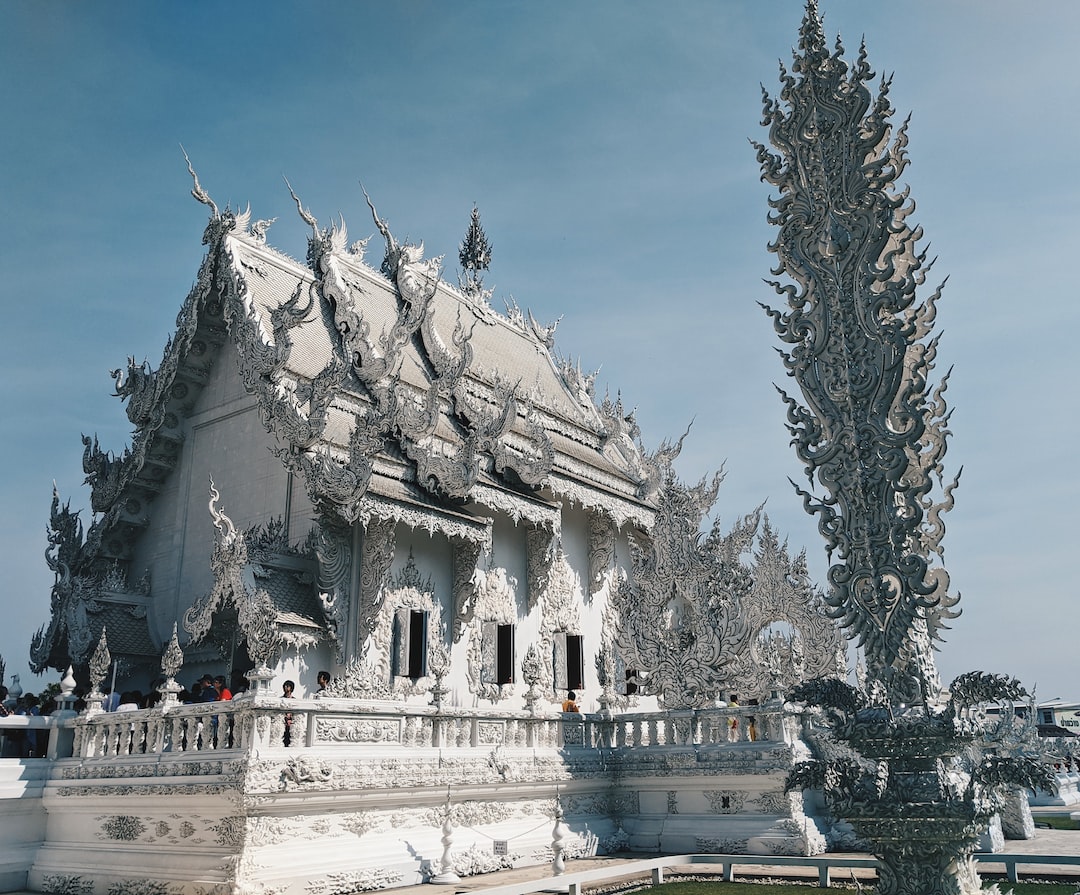Art in the Digital Age: Exploring New Mediums and Boundaries
Art, throughout history, has constantly adapted to the tools and techniques available at each specific time. From cave paintings to Renaissance masterpieces, artists have always found ways to express themselves using the latest mediums. In the 21st century, the digital age has revolutionized the art world, opening up a world of new possibilities and boundaries for artists to explore.
One of the most significant advancements in the digital age is the rise of computer-generated art. Digital art allows artists to create stunning visuals using software programs and technology. These programs allow artists to manipulate and create images in ways that were previously unimaginable. Whether it’s creating a hyper-realistic digital painting or an abstract 3D sculpture, the possibilities are endless.
Digital art has also given rise to new forms of art, such as interactive installations and virtual reality experiences. These mediums allow for a more immersive and engaging experience for the viewer. With the use of sensors and motion tracking technology, artists can create artworks that respond to the viewer’s movements or even create virtual worlds that can be explored through a VR headset.
The accessibility of digital art has also disrupted the traditional art world. In the past, art was often confined to galleries and museums, only accessible to a select few. However, with the rise of the internet and social media, artists can now reach a global audience with just a few clicks. Platforms like Instagram and Pinterest have become virtual galleries where artists can showcase their work to millions of people around the world.
Digital art has also challenged the boundaries of what is considered art. In the digital age, anyone with access to a computer and software can become an artist. This democratization of art has led to a diversification of styles and voices that were previously marginalized. It has also given rise to controversial discussions about the role of the artist and the value of traditional art forms.
Another aspect of art in the digital age is the role of technology in the creative process. Artists are now using technology as a tool to enhance their artistic vision. From using 3D printers to create sculptures, to incorporating artificial intelligence algorithms into their work, technology has become an integral part of the artistic process. This fusion of art and technology has created a new wave of artists who are pushing the boundaries of what is possible.
However, with all the benefits and opportunities that the digital age brings to the art world, there are also challenges. The ease of creating and sharing digital art has led to issues of copyright infringement and plagiarism. It has become increasingly difficult for artists to protect their work from being copied or stolen.
Additionally, the digital age has brought about a sense of saturation and distraction. With so much art available online, it can be challenging for artists to stand out and get their work noticed. The constant scrolling and endless barrage of images can also make it difficult for viewers to engage with art on a deeper level.
Despite these challenges, the digital age has undoubtedly transformed the art world for the better. It has opened up new mediums and possibilities for artists to explore, allowing for greater experimentation and innovation. Digital art has also made art more accessible and inclusive, reaching a wider audience and breaking down traditional barriers.
As technology continues to evolve, we can only anticipate more groundbreaking changes in the art world. Whether it’s the integration of augmented reality or the exploration of new forms of digital expression, the digital age is sure to continue pushing the boundaries of what is possible in art. The future of art is digital, and it is an exciting time to be an artist or art enthusiast.
